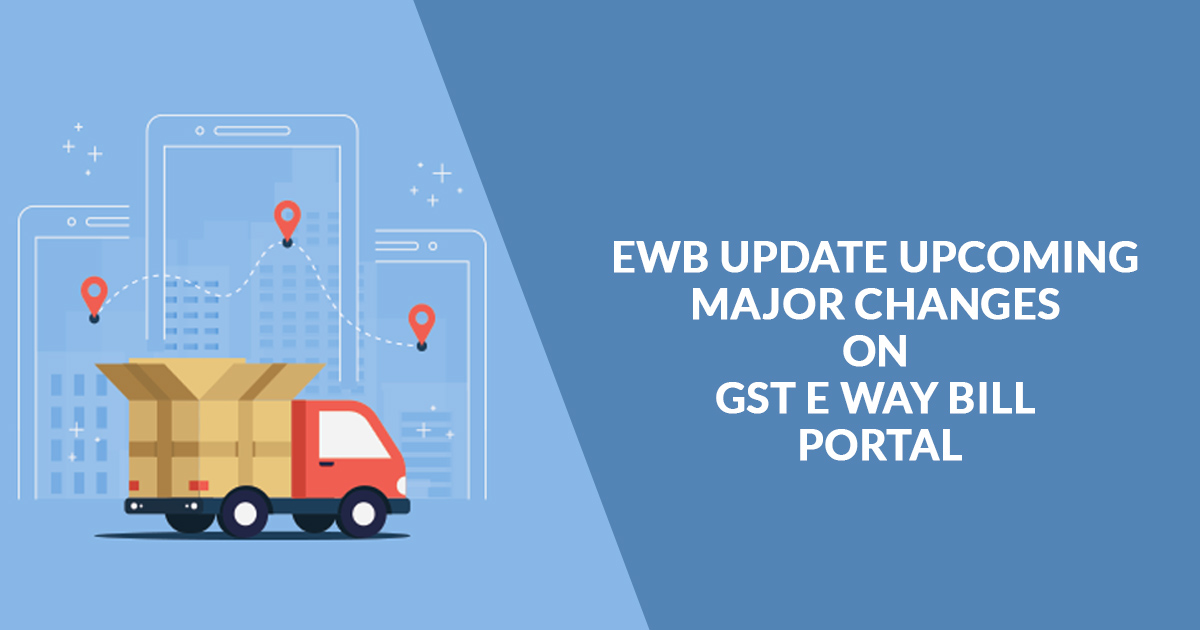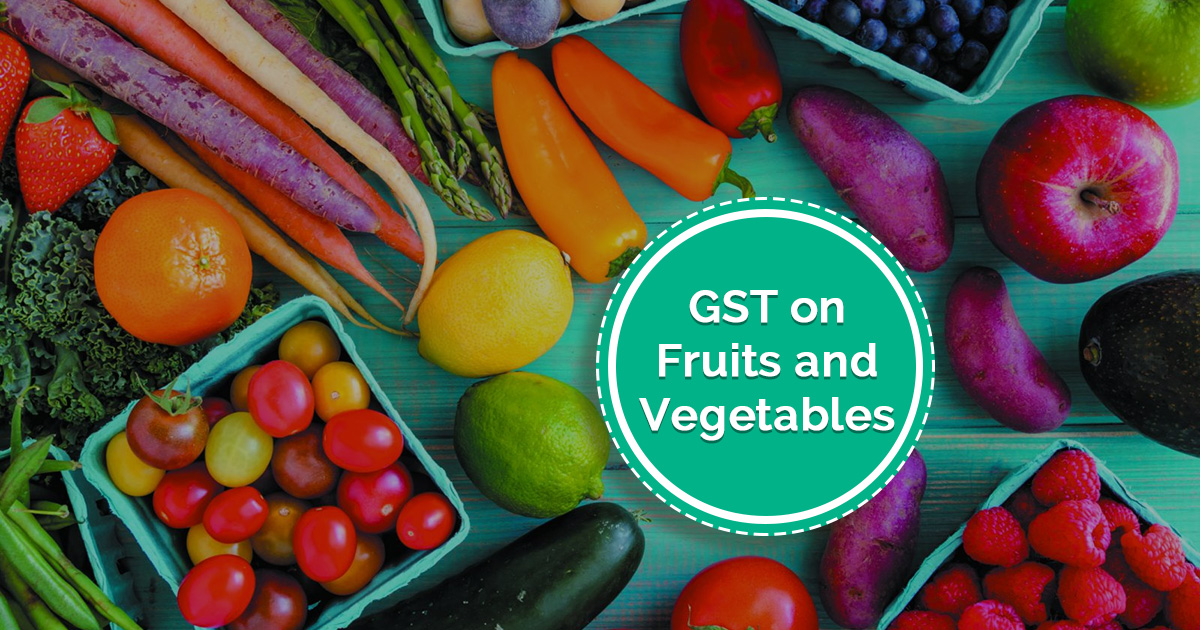The E-way Bill which was introduced earlier this year. It was aimed at making the interstate movement of goods smoother, swifter and easier. However, not all has been smooth sailing for the E-way Bill System itself. During its teething stage, the E-way Bill suffered from traffic overload as well as the host of other technical glitches.
But post the initial hiccups the Government and the GST Council were successful and pompous is deploying a successful E-way bill Network for movement of goods whose value is more than Rs. 50,000/-.
However, a few months down the line now the E-Way Bill System is set to have a cosmetic and functional update. The updates are in sync with feedback and suggestion from respective stakeholders.
The updates will help to ease the E-way Bill filing process and subsequently increase compliance for GST processes and rules. Like the E-way bill, the changes to it will also be rolled out in a phase-wise manner. Here’s a list of all the key changes to help taxpayers and transporters better prepare for the impending changes in the E-way Bill.
Contents
1. Real-Time GST Rate Validation
Introduced to check entry errors, the E-way Bill system will now auto validate tax rates entered by the user. However, it is not mandatory for system users to enter tax rates. Only if they do so will the system cross check with standard rates fixed by the GST Council.
|
CGST (%) |
SGST (%) |
IGST (%) |
CESS-Advol (%) |
CESS-Non-Advol. (Rs.) |
||
|
0 |
0 |
0 |
0 or 1 or 3 or 5 or 11 or 12 or 12.5 or 15 or 17 or 21 or 22 or 36 or 49 or 60 or 61 or 65 or 71 or 72 or 89 or 96 or 142 or 160 or 204 or 249 |
0 |
||
|
0.05 |
0.05 |
0.1 |
400 |
|||
|
0.125 |
0.125 |
0.25 |
2076 |
|||
|
1.5 |
1.5 |
3 |
2747 |
|||
|
2.5 |
2.5 |
5 |
3668 |
|||
|
6 |
6 |
12 |
4006 |
|||
|
9 |
9 |
18 |
4170 |
|||
|
14 |
14 |
28 |
400 |
2. State Validation based on PinCode
The E-way Bill system will now auto-populate the state field based on the Pin Code input from the user. In case the pin code has reference to multiple states, taxpayers can select the appropriate state themselves.
3. Validating the Supply Type with Document Type
To ensure a hassle-free transport it is important that consignees carry proper documents validating the supply of goods. The E-way Bill system will now have fields to select document types as well as the taxpayer would be able to input the type of suppliers and buyers involved. In case the bill is being generated by consignees columns related to ‘From GSTIN (Supplier)’ and ‘To GSTIN (Buyer)’ validations will change accordingly.
|
Transaction Type |
Transaction Sub-Type |
Document Type |
From GSTIN (Supplier) |
To GSTIN (Buyer) |
|
Outward |
Supply |
Tax Invoice |
Self |
Other GSTIN/URP |
|
Bill of Supply |
Self |
Other GSTIN/URP |
||
|
Export |
Tax Invoice |
Self |
URP |
|
|
Bill of Supply |
Self |
URP |
||
|
Job Work |
Delivery Challan |
Self |
Other GSTIN/URP |
|
|
SKD/CKD |
Tax Invoice |
Self |
Other GSTIN/URP |
|
|
Bill of Supply |
Self |
Other GSTIN/URP |
||
|
Delivery Challan |
Self |
Other GSTIN/URP |
||
|
Recipient not Known |
Delivery Challan |
Self |
Self |
|
|
Others |
Self |
Self |
||
|
For Own Use |
Delivery Challan |
Self |
Self |
|
|
Exhibition or Fairs |
Delivery Challan |
Self |
Self |
|
|
Line Sales |
Delivery Challan |
Self |
Self |
|
|
Others |
Delivery Challan |
Self |
Self/Other |
|
|
Others |
Self |
Self/Other |
||
|
Inward |
Supply |
Tax Invoice |
Other GSTIN/URP |
Self |
|
Bill of Supply |
Other GSTIN/URP |
Self |
||
|
Import |
Bill of Entry |
URP |
Self |
|
|
SKD/CKD |
Bill of Entry |
URP |
Self |
|
|
Tax Invoice |
Other GSTIN/URP |
Self |
||
|
Bill of Supply |
Other GSTIN/URP |
Self |
||
|
Delivery Challan |
Other GSTIN/URP |
Self |
||
|
Job Work Return |
Delivery Challan |
Other GSTIN/URP |
Self |
|
|
Sales Return |
Delivery Challan |
Other GSTIN/URP |
Self |
|
|
Exibition or fairs |
Delivery Challan |
Self |
Self |
|
|
For Own Use |
Delivery Challan |
Self |
Self |
|
|
Others |
Delivery Challan |
Self/Other |
Self |
|
|
Others |
Self/Other |
Self |
4. Auto Populating Distance between Consignor and Consignee
The E-way Bill will also be equipped to auto calculate distance in KMs between source PIN code and destination PIN Code and display the same. Accurate distance (in KMs) will be auto-populated on the entry of source PIN code and destination PIN code. This will simplify the filing process.
5. One E–waybill for One Invoice Number
The E-way Bill System will also be programmed to check and alert multiple e-way bill generations against a single invoice number. The consignor would be permitted to carry with the multiple e-way bills practice if and only if original invoice with the correct number is available and validated.
6. Movement to Transporter’s place
In case a consignment involves multiple legs supplier will need to enter details of the first leg of movement only. Unlike the present practice, the supplier need not fill Part-B details. The consignment legality and movement for the remaining leg of the journey would be considered valid.
7. ‘Bill To – Ship To’ Transactions
E-way Bill System will now auto capture details of Bill To – Ship To’ Transactions. These are those transactions where the invoice and the consignment are shipped to two different entities. The person who receives the invoice from the supplier further sales the product/consignment to a third party and gets it delivered from the supplier itself.
Category: Regular OR Bill to – Ship To OR Bill From – Dispatch From OR Both
GSTIN and Name of Dispatching Party, if a category is ‘Bill From – Dispatch From’ or ‘Both’
GSTIN and Name of Shipping Party, if a category is ‘Bill to – Ship to’ or ‘Both’
8. Mandatory GSTR-1 data for users of API and Offline (Excel) tool
Post the upgrade, it will be mandatory for those who use API and Offline tools to include information related to Form GSTR-1 with the e-way bill basic data to generate e-way bills.






